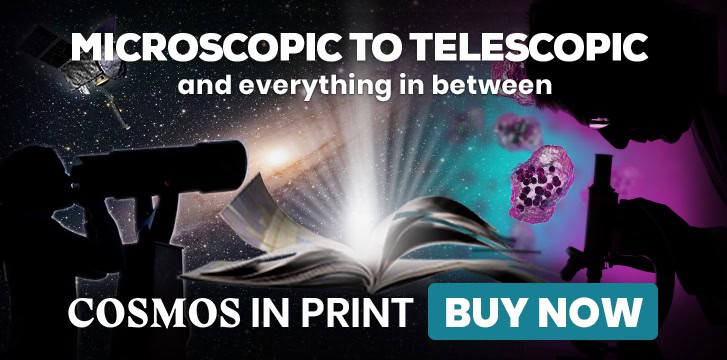Missed the aurora in May? Tonight could be your chance
An oncoming geomagnetic storm predicted to hit Earth in the next 24 hours is expected to produce significant geomagnetic activity and potentially visible auroras in some parts of Australia tonight.

“Since Saturday morning, both solar flares and coronal mass ejections (CMEs) – eruptions of solar material out into space – have been observed,” says Bret Carter, an associate professor at RMIT University.
“At least 2 CMEs are approaching Earth. They are predicted to merge into one disturbance that is expected to arrive from late July 29 Universal Time (Tuesday morning AEST) onwards.”
CMEs happen when the Sun’s magnetic field becomes unstable, resulting in the expulsion of both plasma and magnetic field. The stream of charged particles, known as solar wind, can take hours to days to reach the Earth.

When it does it can cause a geomagnetic storm – a temporary disturbance of Earth’s magnetosphere. Auroras are caused by charged particles directed along Earth’s magnetic field lines colliding with atoms (particularly nitrogen and oxygen) in the atmosphere, causing them to emit light.
Carter says the scale of the geomagnetic storm these eruptions cause is expected to be largest the evening of Tuesday 30 July (AEST), giving Australians in southern parts of Victoria and Western Australia a chance at seeing some aurora – if conditions are right.
Eishitha Galpaya captured this vibrant Aurora australis display at Gunnamatta Beach in Victoria on May 11, 2024. © Eishitha Galpaya, Instagram: @don.galpaya“The predicted arrival time of the solar storm is uncertain, with a variance of 12 hours either side, which is typical for solar eruptions like these,” he says.

“The size of the ensuing geomagnetic storm – and the associated likelihood of visible aurora – is highly uncertain as well. The topic is well under discussion within the Australian space science community.
“On the Kp scale that varies from 0 to 9, some forecasters are predicting Kp to reach 7, but this is quite uncertain. A higher Kp typically means a higher likelihood of seeing auroras.”
According to the Bureau of Meteorology Australian Space Weather Forecasting Centre, the K-Index is a measure of geomagnetic activity for a region in a 3-hour period. A Kp of 7 corresponds to a strong G3 geomagnetic storm.

“If this storm ends up being as strong as it is forecast, there could be a possibility of visible auroras as far north as parts of New South Wales and South Australia,” says Carter.
“The most significant issue in predicting the impact of such events on Earth is that we don’t know the magnetic field within the eruption.”
An active region that had just rotated into view blasted out a coronal mass ejection, which was immediately followed by a bright series of post-coronal loops seeking to reorganize that region’s magnetic field (April 19, 2017). Credit: NASA/GSFC/Solar Dynamics ObservatoryThe Sun’s expelled magnetic field can have either a northward or southward polarisation. Because Earth’s magnetic field is oriented northward, disturbances with a southward magnetic field will have significantly larger impacts.

“Currently, we don’t have a reliable way to predict the magnetic field within solar eruptions. Ultimately, we need more data and better models to predict the space environment, and for this more research is needed,” says Carter.
“There’s no way to know for sure how this space weather event is going to play out. We will just have to watch the data come in and see whether the conditions are suitable for aurora viewing or not.
“To know whether it’s worth packing up the camera gear and heading for some dark, clear skies, keep an eye on the space weather data coming in and keep an eye on your social media feeds. People are very quick to share their amazing aurora photos online.”

























































